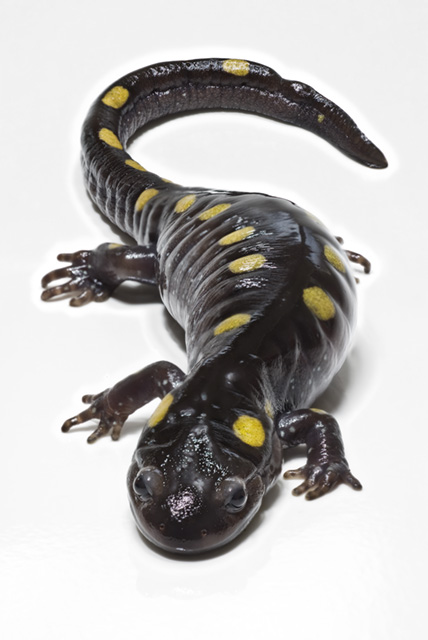Frogs grow on soup, not vegetables.

Prof. Mumblebard claims: “The free-swimming larvae of most frogs[1] worldwide are herbivorous. Whereas the adults eat animals[2], the larvae of the same species of frogs are usually grazers. So any sentence combining ‘frogs’ and ‘microbes’ would probably refer to pathogens, particularly the recent epidemic of chytridiomycosis[3] which has exterminated many species of amphibians.”
Robin and the Honey Badger respond: “On the contrary, the larvae of remarkably few species of frogs have ever been shown to be herbivorous or even omnivorous. And since it has long been known that larval salamanders rely on small animals for food, a salient ecological pattern in amphibians is that no species in this diverse class – living or extinct – is known to have specialised on a diet of green leaves. This distinction has been overlooked because of confusion generated around the following points.
- Algae have been called ‘plants’ despite belonging to a separate phylogenetic kingdom. This error matters because no plant is unicellular or can replicate as rapidly as the microscopic algae eaten by larval frogs.
- Most larval frogs have a staple diet of microbes – namely bacteria and unicellular algae – which frequently coat the surface of aquatic plants. The scraping off of this microbial plaque has led to confusion between the eating of microbes and the eating of macrobes.
- ‘Grazing’ should mean the eating of graminoid plants; its indiscriminate use to describe algal or bacterial diets of larval frogs has added to the confusion.
The surprising truth is that although larval amphibians eat widely (from bacteria to animals, from suspended to sedimentary organisms, and from photosynthetic to non-photosynthetic species) they generally reject vascular plants. It’s particularly remarkable that, in their typical habitats, amphibians have achieved competitive superiority over other vertebrate classes without directly harvesting the vegetation of sedges, reeds, rushes and marsh grasses. This indicates that the productivity and fecundity of amphibians is generally based on larval consumption of the most rapidly replicating but least visible producers in wetlands, namely unicells and other microscopic organisms. In summary, what has kept amphibians competitive despite their primitive origins is their continued exploitation of the extreme productivity of microbes.”

Please join us here at the Bio-edge with your own comments. In the discussion below we encourage links to any evidence supporting either Prof. Mumblebard or Robin and the Honey Badger. Illustrations are welcome but please cite all sources or we may be forced under copyright to delete your comment.
***
[1] class Amphibia, order Anura
[2] mainly invertebrates
[3] i.e. infection caused by the chytrid fungus Batrachochytrium dendrobatidis
Featured image: Spotted Salamander (Ambystoma maculatum) © Camazine, via Wikimedia Commons

